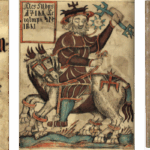The Vikings have a reputation for being violent and brutal due to their raids on their neighbors, and especially their raids of churches and monasteries, an act considered sacrilegious by their Christian neighbors.
But, as we have previously pointed out, this was only one aspect of life among the Norsemen. They were also traders, builders, craftsmen, and poets.
However, it is fair to say that the Vikings would be considered brutal by modern standards.
This is partly due to the time in which they lived when life was hard, infant mortality was high, and infection from even a small cut could cause a gruesome death.
Battle, killing, and death were just a part of day-to-day life.
Below are seven fairly disturbing facts about violence in the Viking world that might make you reconsider wanting to travel back in time and live as a Viking.
1. Infant Exposure Was Common
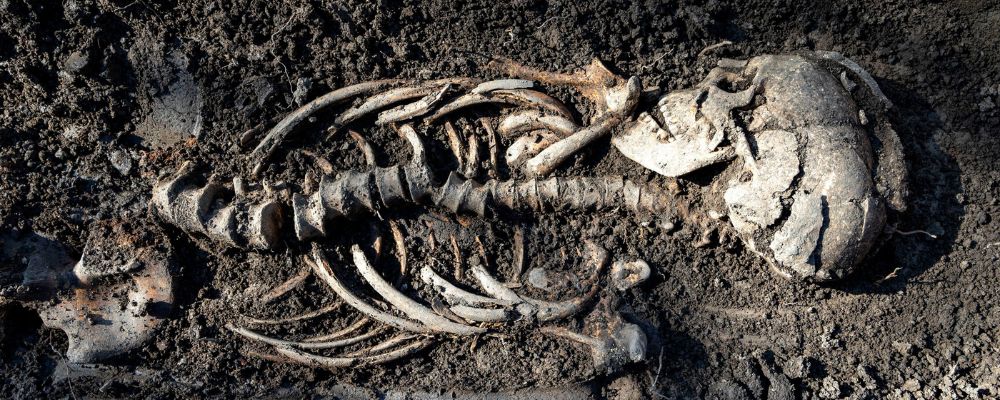
While infant mortality rates were high in the Viking Age, pregnancy was also pretty common due to a lack of contraception.
With babies arriving fairly regularly, there were often too many mouths to feed.
Parents had to choose between everyone growing weak from not having enough, or sacrificing some children so that there would be enough for the others.
Consequently, infant exposure was a common practice, as it was in many cultures.
This basically means leaving babies out in the open to fend for themselves, inevitably resulting in their deaths. Children born with health issues would inevitably be seen as a burden and exposed.
This is why the story of Ivar the Boneless is surprising.
Moreover, boys were considered more valuable than girls as workers, warriors, and heirs to inherit property.
Consequently, baby girls were often exposed, especially if they were born before male children.
The practice of female child exposure actually led to a population imbalance with many more men than women, also seen in China in the 20th century as the result of their one-child policy.
This contributed to the practice of women from other lands being kidnapped and brought back to Scandinavia as wives.
2. SA Was Used as a Form of Domination
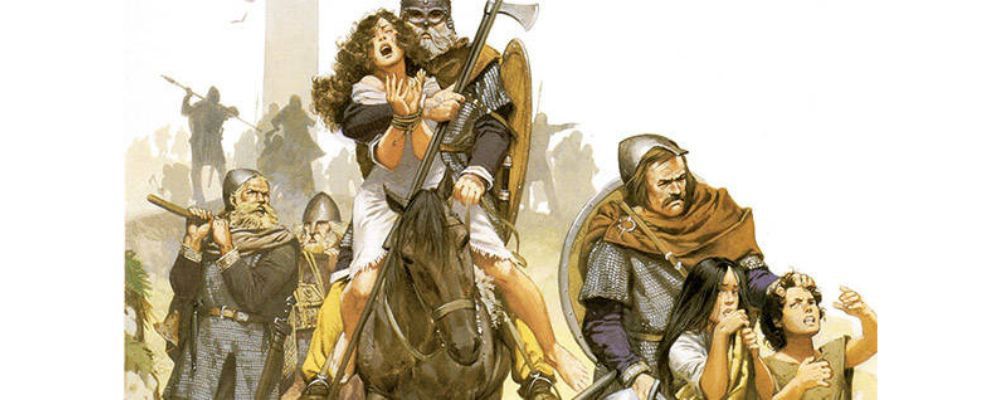
As the Vikings conquered new territories and new people, they had to assert their supremacy.
One method used was sexual assault, of both men and women.
It was not considered taboo for Viking men to sexually violate men that they had defeated, but rather a way to assert their dominance over their new property.
According to the Sturlunga saga, when the warrior Gudmundr captured a man and his wife he intended to assault both of them to exercise his dominance over his new property.
While homosexual acts were considered acceptable within the realm of battle and dominance, same-sex consensual relationships were considered shameful.
There is some evidence that when raiding, the Vikings deliberately kidnapped literate monks as slaves.
This was to meet demand from the East for trade in literate slaves. But the Byzantines also preferred their male slaves to be eunuchs, so they were sometimes castrated by the Vikings before being sold.
A 10th-century biography of St Nian records that the Vikings kidnapped 200 churchmen to be castrated and sold.
3. Duels Were Used to Resolve Personal Conflicts
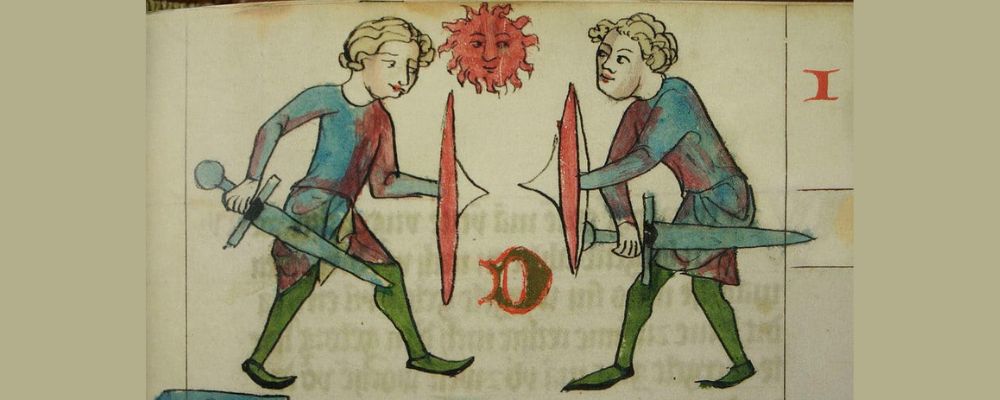
Considering the Vikings were a warrior society, it should be little surprise that martial combat existed within the law.
Individuals could settle disputes between themselves through formal duels called Holmgang.
Duels could be proposed for crimes such as not paying debt, property disputes, or a slight of honor.
One Viking could challenge any other to a duel regardless of their social rank, and it was considered shameful to refuse.
The duel usually took place within a week of the challenge, and to not show up was to forfeit and lose your honor, being branded a Nidingr, which could also lead to banishment.
Usually, people fought on their own behalf, but someone particularly old or sick could choose a champion to fight on their behalf.
The winner could generally claim the property of their defeated, and presumably dead, opponent.
Because this was a form of legal killing that allowed one person to claim the property of another, the Holmgang system was abused as a form of “legal robbery”.
Consequently, these kinds of duels were outlawed in Iceland in 1006 CE and in Norway in 1014 CE.
4. Slavery Was Common and Brutal
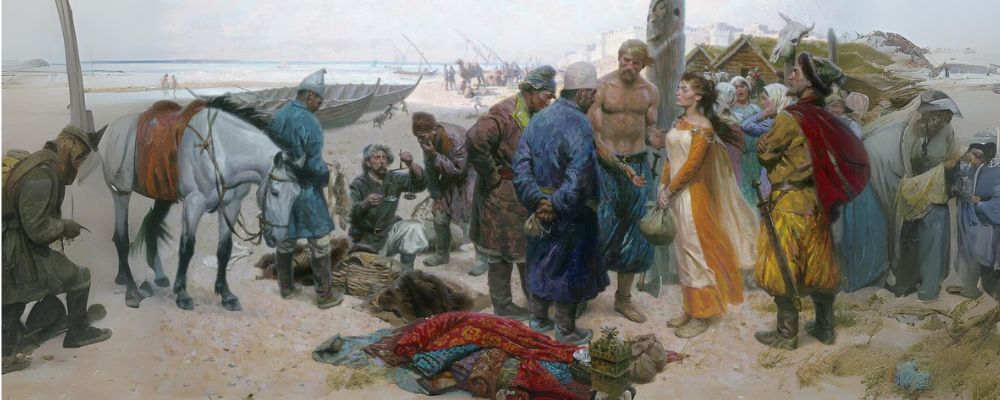
Slavery was common in the Viking world.
The Vikings would often kidnap people from lands that they raided or conquered and bring them home to work as slaves.
Slavery was hereditary, so their children were also slaves, called thralls.
They could buy their freedom over time, or be granted their freedom for their service, but this seems to have been relatively rare.
It is estimated that around 10% of the population of Scandinavia were slaves in the Viking Age and that most households had a couple of slaves.
They were routinely given the hardest tasks and the poorest food. If times were hard, they were probably the first to starve.
In at least some cases, slaves seem to have been killed and buried alongside their masters when they died.
According to a ritual observed by the Arab traveler Ibn Fadlan, six men had sexual intercourse with a slave girl before ritually killing her to be burned with her dead master.
This was probably a right reserved for the rich, as a normal household probably wouldn’t kill an expensive slave in this way.
5. The Vikings Made Blood Sacrifices
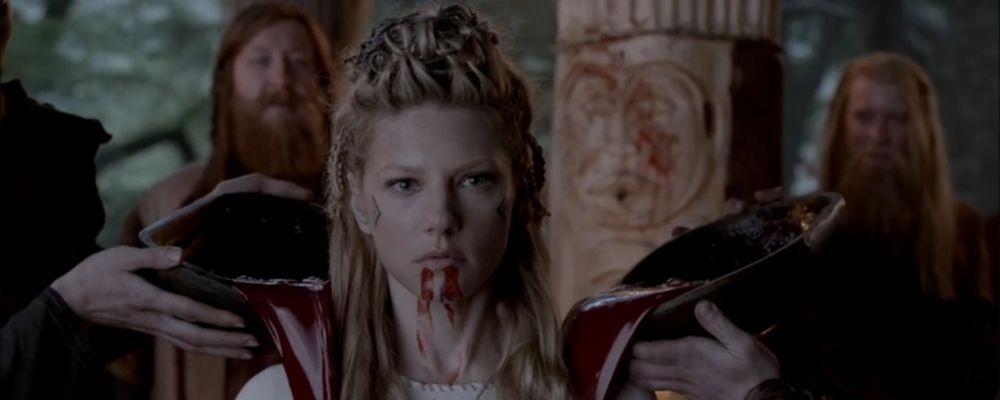
Blood sacrifices were very common in pagan religions.
The Greeks and Romans often sacrificed animals to their gods, as did the Vikings after them.
But, there is evidence that the Vikings also occasionally made human blood sacrifices.
Another Arab traveler and observer, al-Tartuchi, recorded that during a winter festival, the person who slaughtered the animal (probably the head of the group, there were no full-time priests) erected his sacrificial animals on stakes so that everyone would know that he had made the appropriate sacrifices.
There is also some archaeological evidence that humans, probably slaves, were sometimes included among the sacrificial victims.
According to the Saga of Haakon the Good, when a gathering was called at a nearby temple, several different animals were sacrificed including horses
. The blood from the sacrifices was collected in bowls and splattered on the walls and the attendees.
In the Hervarar saga, a horse was sacrificed, and dismembered, and its blood was used to paint a sacred tree at Uppsala.
6. The Vikings Watched Violent Horse Fights

The ancient Romans were known for their bloody gladiatorial combats and bloody shows, but these kinds of spectacles would not have seemed out of place in the Viking world.
The Norwegian Vikings watched brutal fights between stallion horses called Hestavig, a practice later exported to Iceland and recorded there between 930 and 1262 CE.
While the fights were probably to help find the most virile horses for breeding purposes, they were reportedly bloody.
A fertile mare was tethered nearby to encourage the stallions to compete, and if they didn’t fight, the horses were whipped until they complied.
The shows could reportedly last up to three hours and usually ended in the death of at least one horse.
7. Vikings Often Died in Sporting Competitions
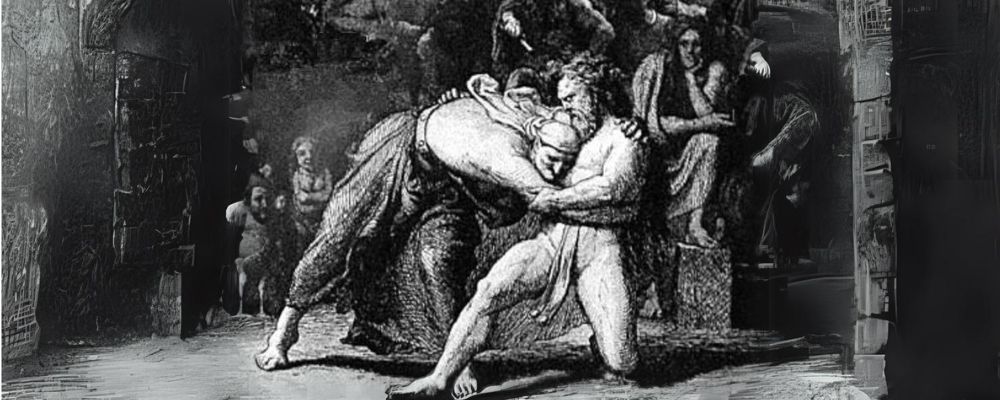
Sporting competitions between Viking men could be just as brutal as the fights between their horses.
They engaged in several violent sports such as competitive wrestling in the water with the aim of drowning your opponent.
Two such competitions is recorded in the Laxdaela saga,
The Vikings also played a full-contact ball game called Knattleikr with two teams competing in a game that may have looked like modern Rugby, as recorded in the Gisla saga Surssonar.
Wrestling, called Glima, was also common, but it was conducted in a ring that contained a stone that could be used to break the back of your opponent.
The Kjalnesinga saga records that King Bui wore a special garment that protected him from having is spine shattered and allowed him to win.
The Vikings even played a game while eating called hnutukast, which involved throwing bones at one another over dinner with the aim of injuring others. In the Bardar saga Snaefellsass, Gestur throws a bone at Glamur that hits him in the eye, and the throw was so hard that Glamur’s eye fell out.
A Bloody World
It is fair to say that the Vikings lived in a much more violent world than we live in today, but they were not necessarily more violent than their neighbors.
Infanticide and slavery were common around the world, the Carthaginians sacrificed the firstborn children of noble houses to their gods in time of need, the Celts beheaded their enemies and drank from their skulls, and the Aztecs often sacrificed hundreds of human victims in a single day and would sometimes eat their hearts.





